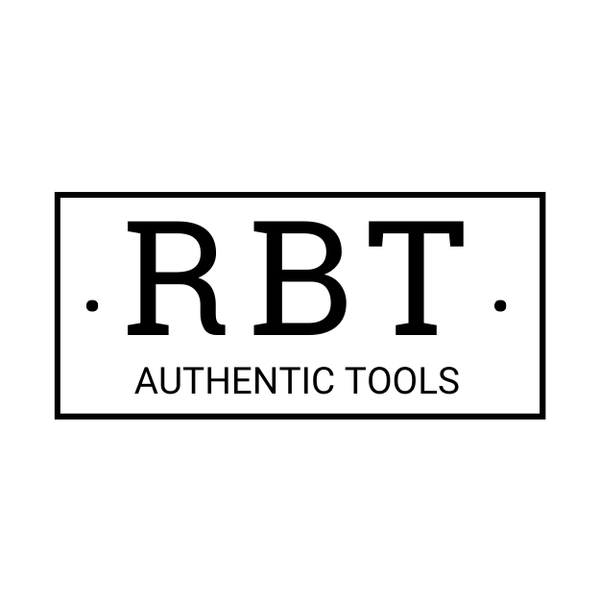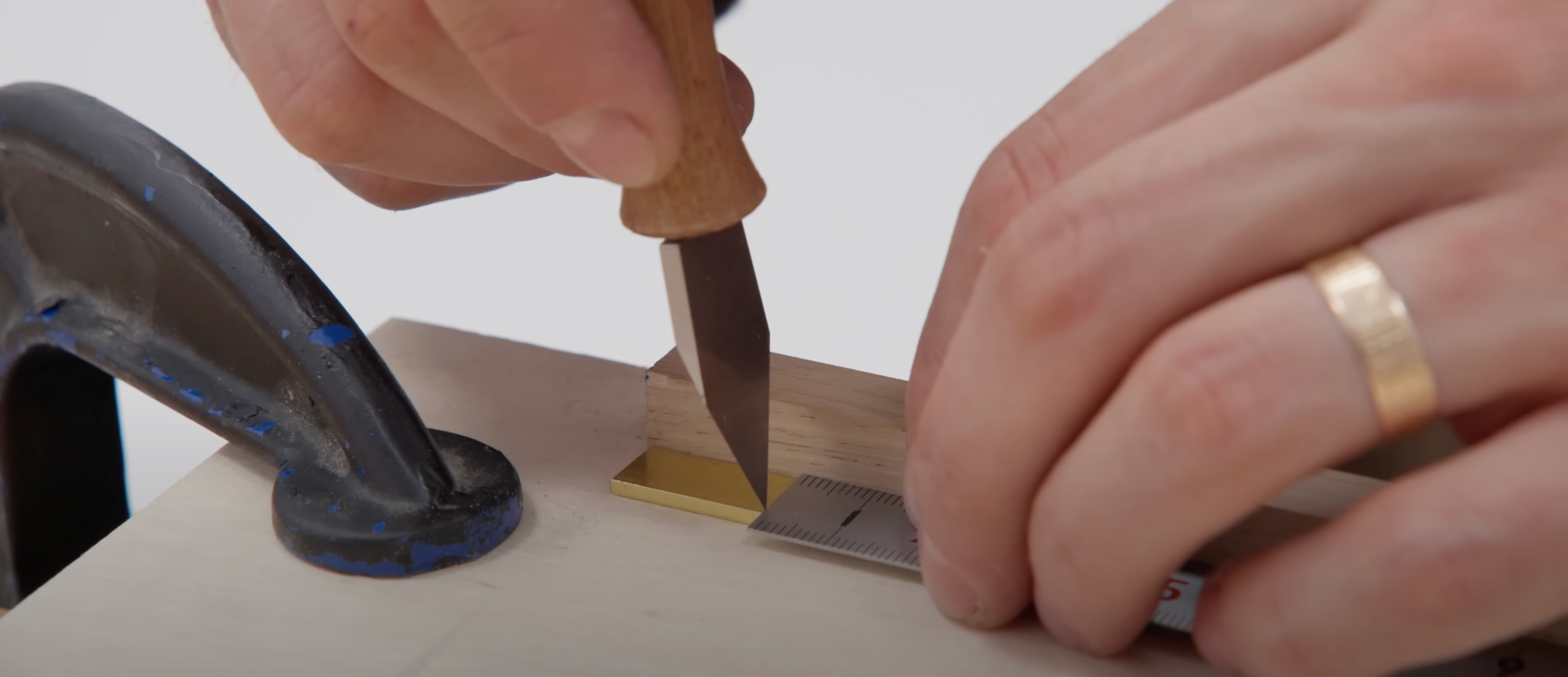
Here we reveal all the tips and tricks we picked up from the master and the old journeyman while sweeping.
Kumiko Tips & Tricks
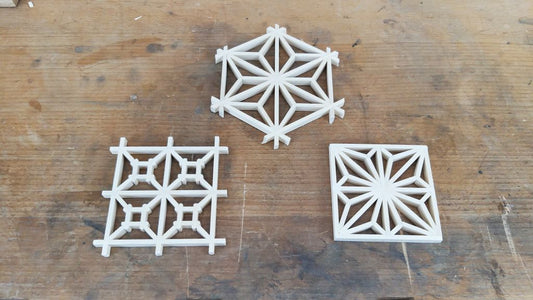
Kumiko patterns – The different designs of the ...
Kumiko patterns – The different designs of the Japanese wood technique There are hundreds, perhaps thousands, of different Kumiko patterns used by more than just Japanese woodworkers. In this article...
Kumiko patterns – The different designs of the ...
Kumiko patterns – The different designs of the Japanese wood technique There are hundreds, perhaps thousands, of different Kumiko patterns used by more than just Japanese woodworkers. In this article...
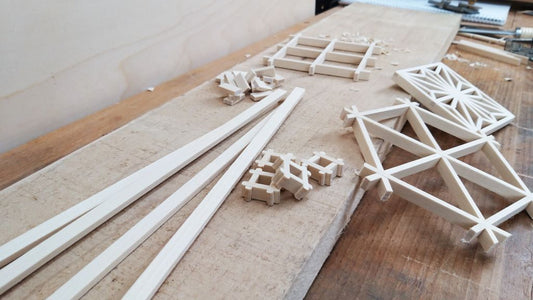
The right wood for Kumiko – The best wood speci...
Choosing the right type of wood for your Kumiko pattern makes it much easier and more enjoyable. When I made my first Kumiko pattern, I didn't ask myself this question...
The right wood for Kumiko – The best wood speci...
Choosing the right type of wood for your Kumiko pattern makes it much easier and more enjoyable. When I made my first Kumiko pattern, I didn't ask myself this question...
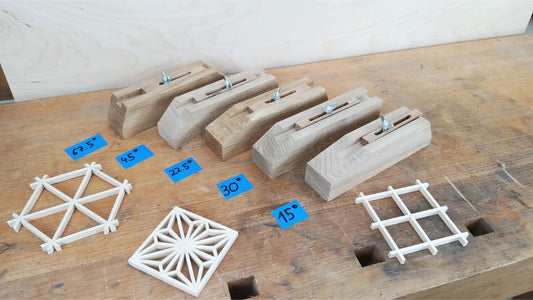
Kumiko Jigs – Angle blocks for creating perfect...
To make Kumiko, you'll need some jigs. The number and type of jigs depend heavily on the pattern you want to create, as well as the angles required on the...
Kumiko Jigs – Angle blocks for creating perfect...
To make Kumiko, you'll need some jigs. The number and type of jigs depend heavily on the pattern you want to create, as well as the angles required on the...
